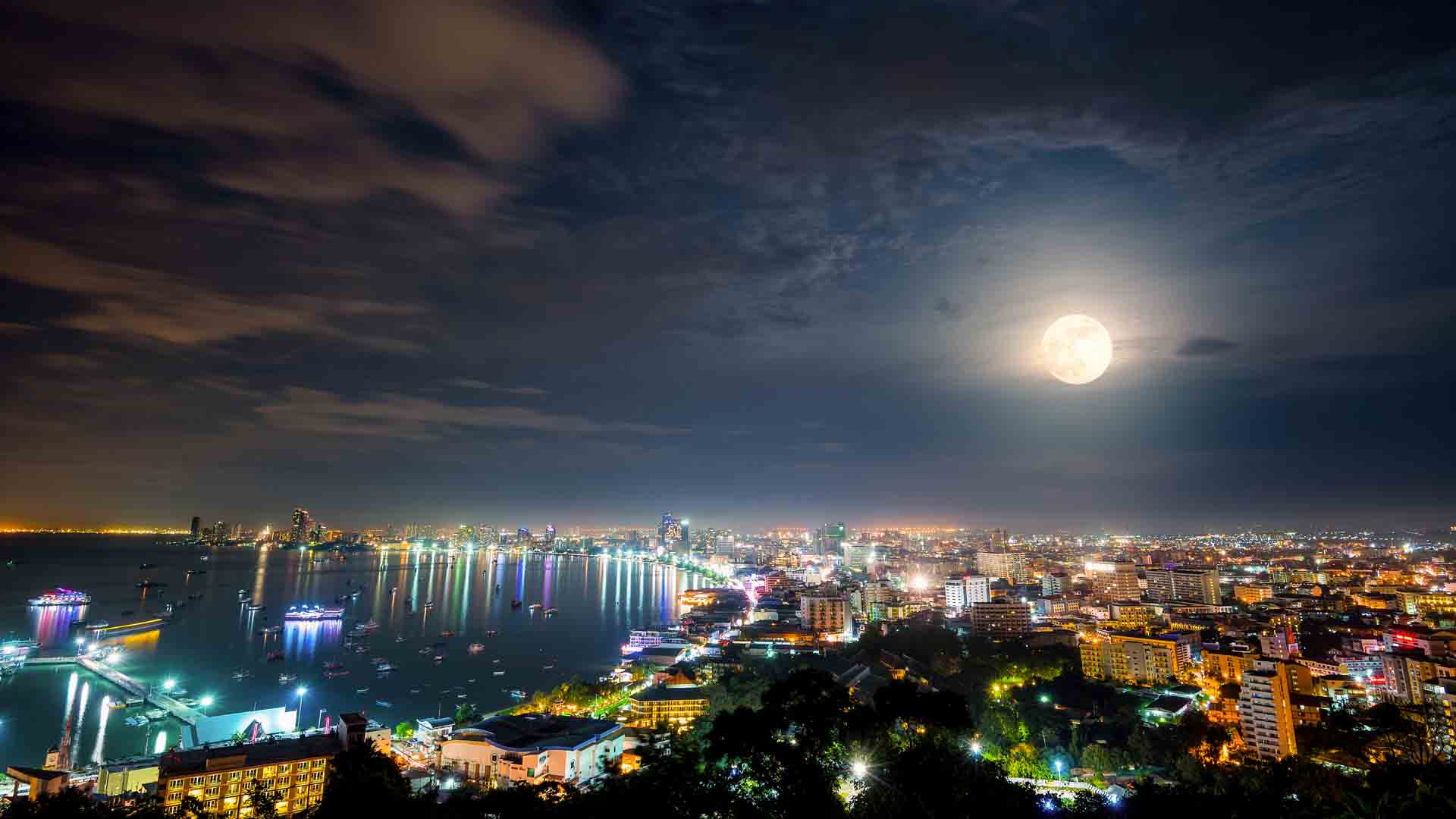The longest lunar eclipse of this century will take place on November 18 and 19 and may last up to 3 hours and 28 minutes, which would be longer than any other eclipse in 100 years between 2001 and 2100, in which 97% of the moon will appear in red.
During a total lunar eclipse, the Earth’s cone-shaped shadow, known as the umbra, obscures 100 percent of the Moon. Those in the northeastern states of India, including Assam and Arunachal Pradesh should be able to see the event. People in North America will be best placed to witness the entire event. All the states in US and Mexico will be able to see it. It will also be visible in Australia, East Asia, Northern Europe, and the Pacific Ocean region.
On November 19 (Kartik Purnima), Earth will pass between the Sun and Moon, creating a shadow on the Moon’s surface. People across the world will be able to catch a glimpse of this once in a lifetime event at different times, depending on their time zones. While in the United States, night owls on the east coast will have the finest view around 2-4 AM ET.
In the Philippines, the moon will be visible at 4 AM ET (5 PM in local time) when the Earth will hide 97% of the full moon from the Sun’s rays. Earth will pass between the sun and the moon in the early hours of November 19, casting a shadow on the latter. During this spectacular celestial event, the moon will acquire a reddish hue.
“A partial lunar eclipse is on the way, taking place overnight on November 18th and 19th, when the Moon slips into Earth’s shadow for a couple of hours. Weather permitting, the eclipse will be visible from any location where the Moon appears above the horizon during the eclipse. Depending on your time zone, it’ll occur earlier or later in the evening for you,” NASA wrote on its website.
Lunar eclipses are visible only in places where the Moon is above the horizon. The Moon’s face is normally lit by sunlight reflected off its surface. The Moon, Sun, and Earth, on the other hand, align in a straight line during a lunar eclipse. Because the Earth prevents sunlight from reaching the moon, the lunar object looks to have been consumed by Earth.
NASA said that Earth will witness a total of 228 lunar eclipses in the 21st century. Mostly, there will be two lunar eclipses in a month, but there can also be three eclipses.
If you miss this one, don’t worry because lunar eclipses occur twice a year. According to timeanddate.com, a full lunar eclipse will occur between May 15 and 16, 2022, followed by another between November 7 and 8.
Visit timeanddate.com to find specific eclipse timings for your location.
Source: https://eclipse.gsfc.nasa.gov/LEcat5/LE2001-2100.html, https://solarsystem.nasa.gov./






















